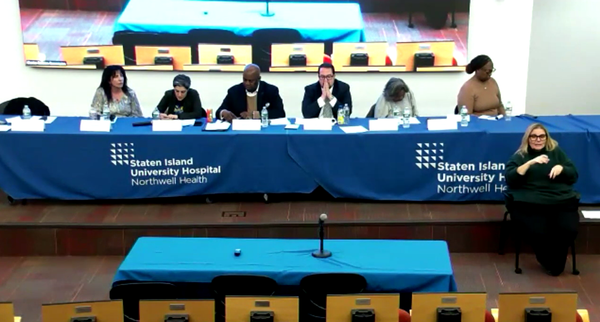Commentary: The Socialist History of International Women's Day and Why it Must Be Remembered
What is the value of celebrating the few women who break the glass ceiling if the other 99 percent are hurt by shattered glass in the process? Especially when this day was created by and for working-class women.
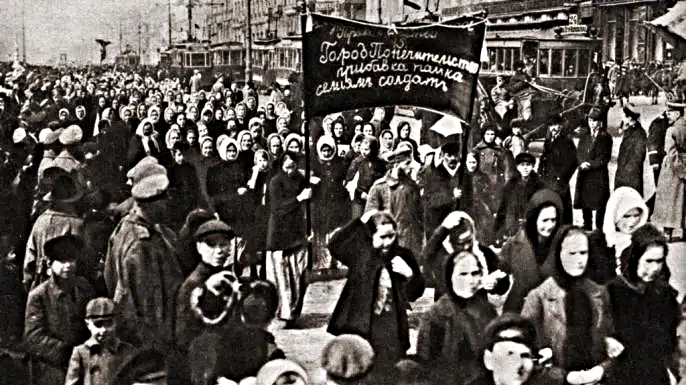
Today your social media feed is undoubtedly filled with highly cis-gendered #girlboss, #she-EO, #womenarestrong content. And while it can be fun to celebrate Women abstractly on International Women’s Day (IWD), the socialist history of the holiday, and the importance of the battles its founders fought, is lost. Instead we have a day that largely celebrates women who “break the glass ceiling.” But what is the value of celebrating the few women who break the glass ceiling if the other 99 percent are hurt by shattered glass in the process? Especially when this day was created by and for working-class women.
The specific origin of March 8 as IWD is commonly said to commemorate a 1857 textile workers’ strike in NYC. The validity of this event taking place has been questioned by a number of historians, but there is ample evidence of socialists celebrating the holiday around the world in the early 20th century despite not being officially recognized by the United Nations until 1977.
During the late 19th century and the early years of the 20th century suffragist women and socialist women, particularly in the U.S., were at odds over what should take precedence for women: the right to vote or economic equality. Prominent German Marxist Clara Zetkin, who was instrumental in the founding of IWD, understood that the battle for women’s liberation would “only be realized by the class-war of the exploited majority” seeking to emancipate labor. She recognized that a movement focused exclusively on progress based solely on gender would become a tool to preserve the upper and middle class, and would likely muddy the economic roots of women’s oppression. Behind IWD was an understanding that the most powerful force of life is the economy and the exploited labor that supports it.
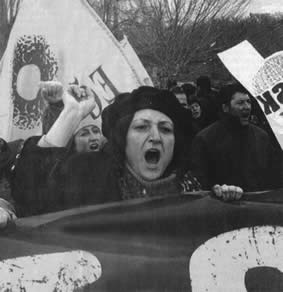
Though many socialist men initially opposed women’s suffrage altogether, socialist women at the meeting of the Second International in 1907, led by Zetkin, pledged to fight for women’s equality in all facets of life. The next year the Socialist Party of America (SPA) officially joined the campaign for women’s suffrage in the U.S. In 1909, the SPA declared the last Sunday of February as National Women’s Day.
Observations of National Women’s Day continued in NYC, but became international on March 18, 1911 when Austrian socialists chose to celebrate Women’s Day by marching around the Vienna Ringstrasse in commemoration of the fallen Paris Commune of 1871. At the same time socialist members of Austria’s parliament officially supported women’s equality and suffrage.
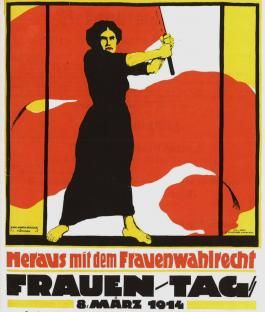
IWD observances continued to emerge throughout Europe. On March 7, 1915, Zetkin gathered socialists in Berne, Switzerland for IWD to march in protest against WWI. In March 1917, Alexandra Kollontai led Russian socialists, who had been celebrating IWD since 1913, in protest against deteriorating living conditions and inflated food prices. This International Women’s Day celebration was one of the many events that led to the abdication of Czar Nicholas II and women earned the right to vote soon after.
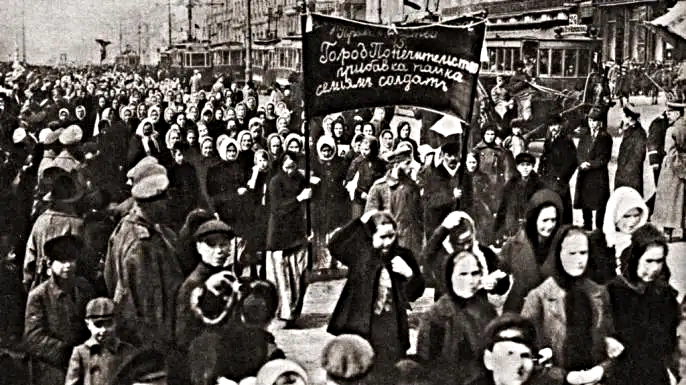
Though the story of the textile workers’ strike of 1857 may not be true, we are still left with a rich history of women celebrating IWD. It is not a celebration for celebration’s sake, but a call to continuously organize and fight for improving the material conditions of women worldwide.
Claire G. Moses wrote in “On the Socialist Origins of International Women’s Day”, “Is it not fitting that we draw inspiration not only from spontaneous demonstrators, but also from women who engaged in long-term struggle and who created rituals that sustained their struggle in the face of unrelenting opposition?”
But what began as women’s fight for economic equality, suffrage, and peace has since been deprived of its socialist roots, and hijacked by the oppressive forces its founders sought to destabilize. What we’re left with is bourgeois feminism focused almost exclusively on inclusion and representation that is largely irrelevant to the masses of poor working-class women. The holiday has been diminished to a theatrical action meant only to create the illusion of a unified struggle and progress.
The celebration of the election of Kamala Harris as the first woman Vice President and first person of color in this position resounded worldwide. This demonstration of representation, and her inauguration outfit, overshadowed and erased the reality that her rise to the top has been at the expense of the victims — often Black and Brown, oppressed communities — of our nation’s for-profit, racist, criminal justice system. The victims of Harris’ shattered glass grow with her rise as an oppressor of color who protects the interest of a system that regards profit over life, and collects its power from the exploitation of labor.
This is why on our feminist holiday we must return the spotlight to its socialist history. The patriarchy does not exist in a vacuum; it thrives under the system of capitalism. That system is perpetuated and protected by the small percentage of women who have managed to succeed within it. In previous years Harris has called for a $15 minimum wage, but after her recent ascent up the capitalist ladder she appears to have abandoned fighting for the working class. As Vice President, Harris currently holds the second-highest position in the United States government. And though she has the power to overrule the Senate Parliamentarian’s decision to exclude raising the federal minimum wage from the next Covid relief package, she chose not to.
According to statistics from 2019 from the Census Bureau, approximately 7.3 percent of women in the United States, or around 22.7 million, currently live below the poverty line. In most states the cost of living already exceeds a $15 per hour minimum wage, but for many women the increase from $7.25 would still significantly improve their material conditions. Unfortunately by playing the capitalist game, women were part of the decision that hurt their working-class sisters.
Even above the poverty line, the reality remains that women receive unequal pay compared to their male counterparts. The degree of violence experienced by BIPOC women, especially at the hands of patriarchal white supremacy will not falter with the rise of BIPOC oppressors.
A celebration of women that focuses only on representation is one that uplifts the women who rise to the top on the backs of the working-class, particularly poor Black and Brown women and men. The issues of women have been limited to those of representation and inclusion, erasing the intersectional nature of social injustices. The rise in career victories for women, such as the election of Harris, serves to keep the masses from uniting against the capitalist, imperialist empire that’s the driving force of all systemic inequality. IWD was started to rally women behind labor equality. The conversation surrounding IWD that likely filled your social media feed today excludes the women who first celebrated IWD and the issues they fought for.
Intersectional issues require intersectional solutions. The evolution of such solutions calls for unfaltering solidarity among all oppressed people against the greed of capitalism by supporting those fighting to liberate us from its grip. If you're interested in the liberation of women, you must also be interested in the liberation of the working class.



